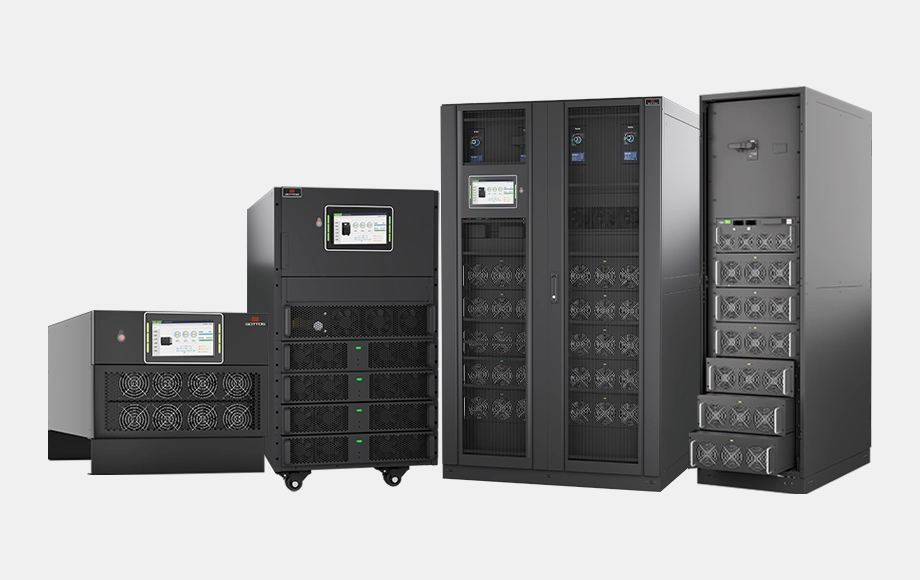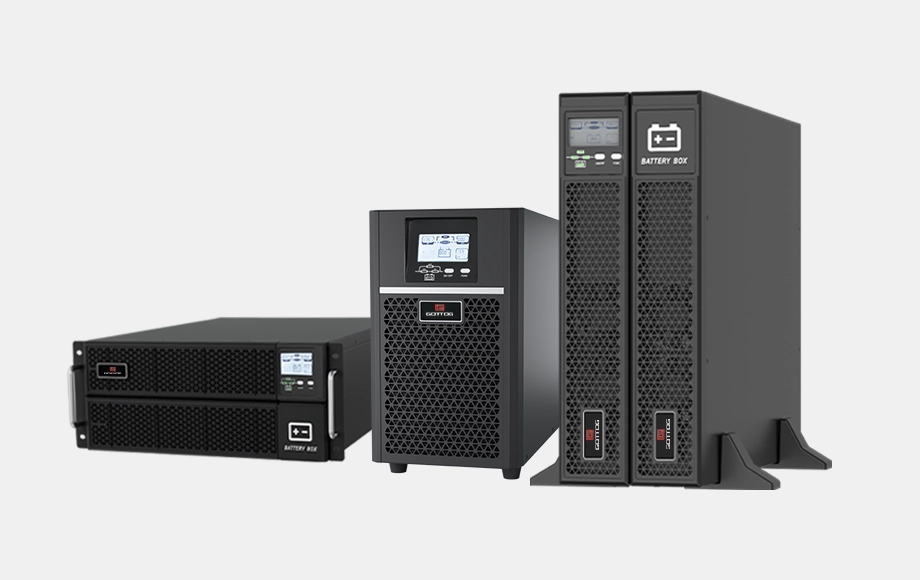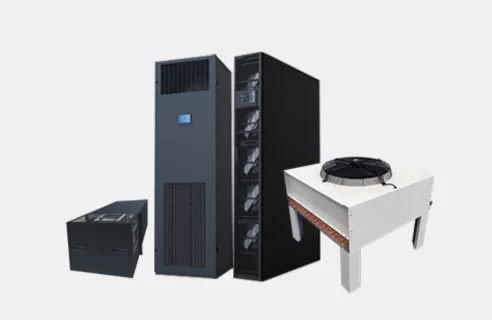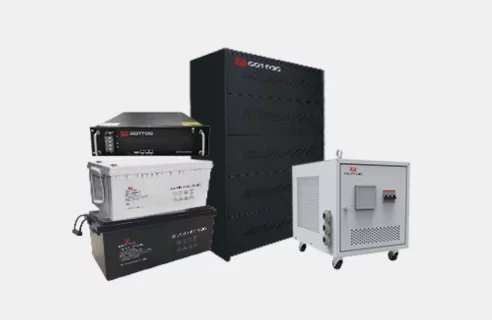Available in two different formats, single phase and three phase, Uninterruptible Power Supplies (UPS) are designed to protect businesses from a range of power anomalies and complete power failures. Each format has its own pros and cons and suitable applications and environments.
Knowing what kind of UPS system to invest in can be a daunting process indeed, particularly given how many different types, models, and manufacturers there are on the market today. In order to help simplify that process for you, we’re going to highlight the differences between Single phase and Three phase UPS systems. What are they and how do they differentiate from one another? Read on if you’d like to know more…
A common analogy used to demonstrate each format is with a team of rowers. A team of three rowers has the ability to generate a higher consistency of power than a single rower. With the ability for each rower to maintain contact with the water whilst one exits and the other enters, a team of three rowers can provide a continuous amount of power to the water.
SINGLE PHASE UPS
With only one sinewave voltage, single phase UPS system only requires two wires to complete the circuit, one conductor and one neutral. The conductor carries the alternating current whereby the voltage and current flow changes in magnitude and direction in a cyclic fashion, typically 60 times per second.
With a single input source and a single output source to the electrical equipment, a single phase UPS is referred to as 1:1 and can be powered by a standard 230 Volt three pin UK plug. Single phase systems are used for applications requiring low kVA such as small businesses or home offices requiring up to 20kVA loads.
The plug and play ability of a single phase UPS make it an easy system to install and set up with no assistance required from an outside party.
THREE PHASE UPS
Using three separate sinewaves, three phase UPS system combines three cond uctors (alternating currents), each one out of phase and spaced 120° apart from one another. Consequently, the power is continuous to the load and never completely drops to zero, providing higher efficiency.
A three phase system consists of a minimum of four wires, three of which are conductors and one is neutral. As a result, the system can support a three phase output (3:3) or a single phase output (3:1) and can carry a voltage up to 415V.
Used for sites with a high kVA requirement such as large business operations, data centres and industrial facilities, a three phase UPS can distribute large quantities of power over a large distance or area.
CONSIDERATIONS FOR CHOOSING A SINGLE PHASE UPS OR THREE PHASE UPS
It’s important to remember that there are pros and cons to both three-phase and single-phase generators:
Single phase UPS are more affordable though better suited to residential and small to medium sized office environments with low-power appliances and less demanding equipment
Three phase UPS are more efficient and can handle more power making them far more suitable to commercial and industrial environments
Factors to consider when making your decision
-What are your power needs?
-What power source is your equipment connected to?
-What is the load capacity and voltage range?
-Loads lower than 230-volts can safely rely on single phase
-Larger loads require three phase
-If you settle on three phase, the downstream loads that the UPS system is required to protect will determine whether you need a 3/1 UPS or 3/3 UPS.
GOTTOGPOWER is a high-tech enterprise with 13 years of experience, focusing on the research and development, production, sales and service of various new energy digital power products, and is committed to providing a full range of green and sustainable energy life cycle solutions.







